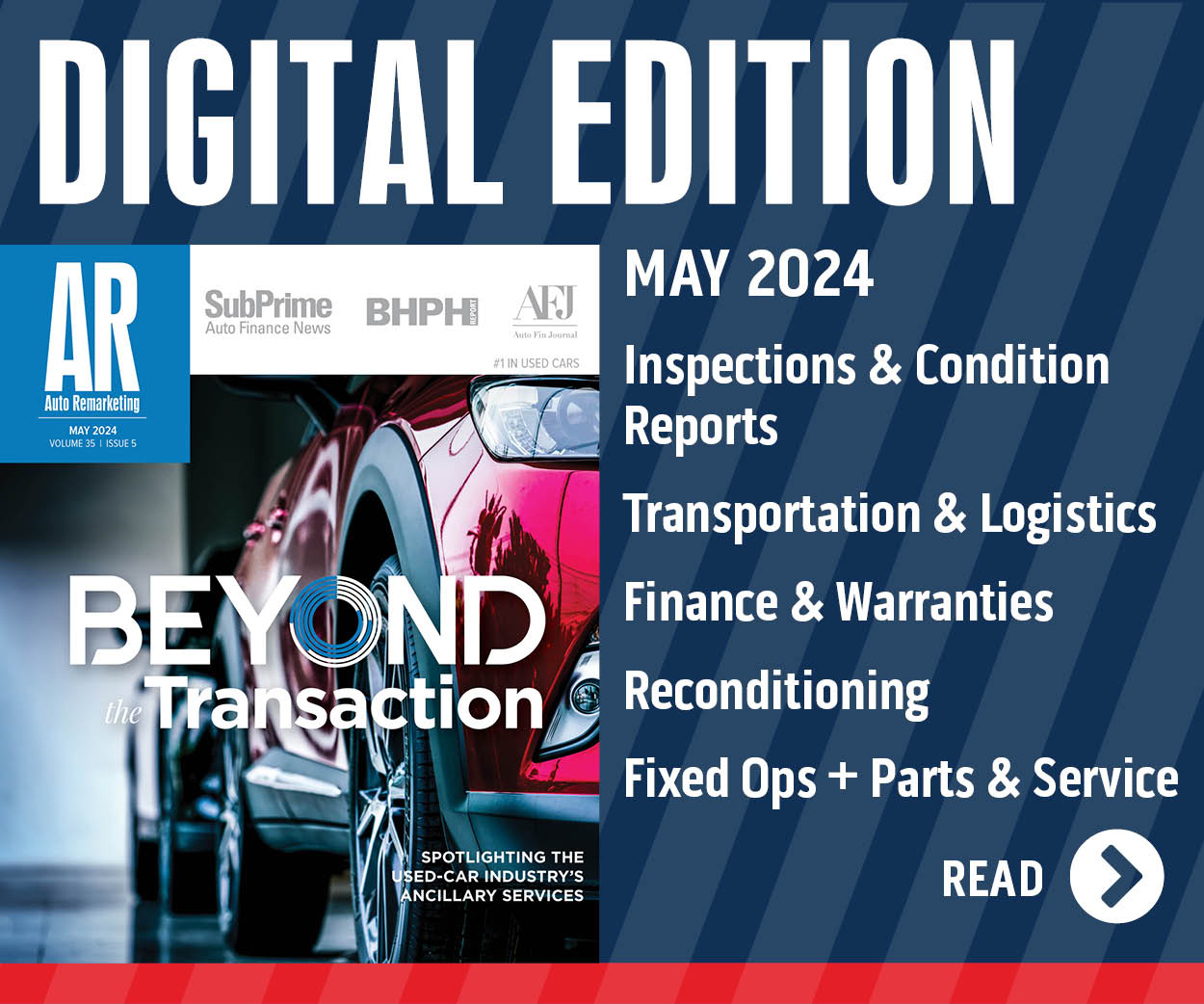COMMENTARY: What Q1 inventory management data means for today’s successful dealers

Inventory management remains critical for auto retailers today in determining profitability, customer satisfaction, and operational efficiency. The traditional methods of inventory management, reliant on manual processes and intuition, are proving inadequate in the face of rapidly evolving consumer preferences, market fluctuations, and the complexities of the automotive industry.
To thrive in this competitive landscape, auto dealers must embrace technological advancements, particularly artificial intelligence (AI) and predictive modeling, to navigate inventory risks effectively and drive sustainable growth.
Q1 sales & inventory data
These advanced technologies are growing in importance because of the state of auto sales, as well as the need to better manage inventory risk.
Auto sales volume in April dropped for the first time in 20 months for carmakers, slipping 3.9% to 1.32 million on the month, compared with the same month last year.
The seasonally adjusted annual rate of sales in April was recorded at 15.7 million vehicles, near the bottom of the range of forecasts — 15.6 million to 16 million — according to projections from J.D. Power/GlobalData, Cox Automotive and S&P Global Mobility.
Dealers are slowly realizing that the days of easy profits have come to an end. Following the pandemic, the shortened supply of new vehicles put dealers in the drivers’ seat, controlling much of the pricing and profit on each transaction. However, with inventory levels now back to near-pre-pandemic levels, they are realizing they’ve lost much of this power.
What can dealers do to combat this? Smart retailers are turning to advanced inventory risk management technologies and reporting that give them never-seen-before insight and visibility at the vin-level of their inventory levels.
This sophisticated data is now packaged up and reported for use by dealers. As an example of this level of data, new vehicle inventory reached 80 days’ supply at the end of the first quarter. Forty-eight percent of new inventory was considered aged (ending over 45 days), with 50% of new carryover inventory during the quarter, 19% of new inventory sold with a markdown, and 63% of new inventory listed as unviewed online.
On the used side of the lot, inventory was just 40 days’ supply at the end of the first quarter. Forty-six percent of used inventory was considered aged, with 56% of used carryover inventory during the quarter, 35% of used inventory sold with a markdown, and 52% of used inventory listed as unviewed online2.
Greater insights into inventory risk management
Retailers now have access to monthly analytics that offer deep real-time data and insights visibility into the trends shaping OEM-specific and dealership inventory for both new and used vehicles, as well as key data on vehicle pricing and markdowns.
The data serves as a detailed comparative analysis that shows how each OEM is performing against industry benchmarks, so dealers can see where they rank amongst their competition. This approach not only highlights relative performance metrics but also demonstrates where buyer demand is. It also shows how their data has changed each month, month over month, and quarter over quarter.
This level of insight has never been available before because dealers now have access to comprehensive, market and competitive data for every vehicle on their lot, enabling dealerships to easily inform strategy and decision making for each VIN or vehicle segment (ex: condition, body style, model). The insights can answer questions about a dealer’s inventory down to the VIN level to help them make strategic decisions and seize new opportunities.
By leveraging this new level of reporting and staying informed on the trends shaping inventory, pricing, and markdowns, auto retailers can swiftly adapt and make informed decisions. This visibility enables agile responses to local and tier-two market changes, optimizing inventory management, pricing strategies, and ultimately, driving a distinct competitive advantage in the dynamic automotive market.
The role of inventory risk management in today’s auto dealerships cannot be overstated. In a rapidly evolving market characterized by shifting consumer preferences, intense competition, and economic uncertainties, effective inventory management is the backbone of dealership success. By embracing VIN-specific insights powered by AI and predictive modeling, auto dealers can gain a competitive edge by truly optimizing inventory assortment, mitigating risks, enhancing the customer experience, and driving sustainable growth. The future of auto retail belongs to those who harness this level of reporting and the power of AI to transform their inventory management practices and unlock new opportunities for innovation and profitability.
Jason Knight is the chief executive officer of Lotlinx, which offers an inventory platform that enables dealers to automatically adapt to market dynamics, mitigating inventory risk through VIN-specific strategies.

 View The Latest Edition
View The Latest Edition

